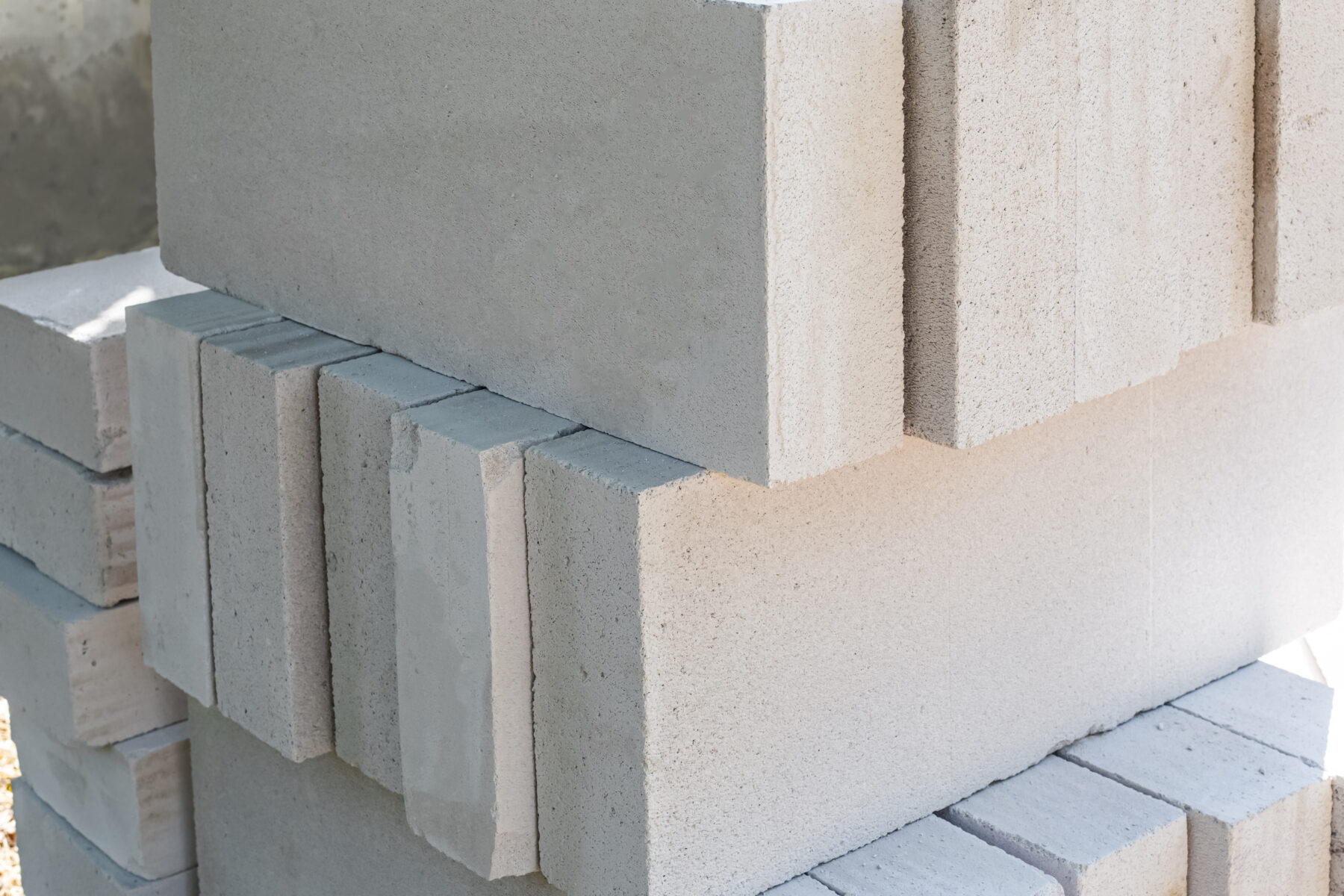The Future of Commercial Construction: Innovations in Concrete Technology
May 28, 2024

A mainstay of commercial construction for many years, concrete gives buildings all around the world the foundation and structure they need. Modern building requirements necessitate that the materials and techniques used also evolve. Concrete technological breakthroughs are changing commercial building, removing traditional limitations and meeting the increasing demand for long-lasting and sustainable solutions.
Advanced Concrete Mixes
High-Performance Concrete
One important development in building materials is high-performance concrete, or HPC. Designed to resist harsh weather, heavy loads, or corrosive environments, HPC is a very robust and durable material. Long-term cost savings follow from HPC’s enhanced properties, which assist prolong building lifespans and lower the need for regular maintenance and repairs.
Self-Healing Concrete
Green concrete is among the most ecologically friendly building materials available, and environmental sustainability is a major priority in contemporary architecture. Using recycled ingredients like fly ash, slag, and even recycled plastics, green concrete lessens its environmental effect and the requirement for virgin raw materials. When building projects help with garbage management and have a less carbon impact, they become more ecologically friendly.
Eco-Friendly Innovations
Green Concrete
One of the greenest building materials available is green concrete, and environmental sustainability is a major focus of contemporary architecture. Using recycled ingredients like fly ash, slag, and even recycled plastics, green concrete lessens its environmental effect and the requirement for virgin raw materials. When building projects help with waste management and have a smaller carbon impact, they become more ecologically friendly.
Carbon Capture
Concrete able to absorb and hold carbon dioxide throughout the curing process has been developed because to developments in carbon capture technology. Through the storage of CO2, which would otherwise add to global warming, this method lowers greenhouse gas emissions. Climate change may be fought and greener building methods greatly advanced by the construction industry by including carbon capture into concrete production.
Enhanced Durability and Sustainability
Lightweight Concrete
Superior to traditional concrete mixtures, lightweight concrete has a number of benefits. Lightweight concrete can cut structural costs and increase building efficiency by making the building lighter overall. High-rise buildings and other structures where weight reduction is crucial find this kind of concrete very helpful. For modern building, it is a reasonable and practical choice because, although being lighter, it still has the necessary strength and durability.
Permeable Concrete
Concrete that is permeable tackles problems with urban water management. Because this novel material lets water pass through, surface runoff is lessened and improved water infiltration into the earth is encouraged. Urban ecosystems are made more sustainable by cities using permeable concrete to better manage precipitation and reduce the chance of flooding.
Technological Integrations
Smart Concrete
When sensors are included into concrete, smart concrete becomes possible and allows for real-time structural health monitoring. Through their detection of strains, cracks, and water damage, these sensors offer important information that can be used to plan maintenance and stop structural failures. With smart concrete, infrastructure management is approached proactively, and buildings are made safer and longer lasting.
3D Printing with Concrete
The construction industry is changing thanks to 3D printing technology, which makes complex, bespoke constructions quickly and effectively created. Reducing labor and material waste, 3D printing with concrete enables exact control over the construction process. Specially, helpful for producing intricate forms and structures that would be hard or impossible to do with traditional building methods is this technology.
Future Prospects and Challenges
Research and Development
Commercial building advances only with ongoing study into new concrete technologies. Further creative and long-lasting solutions might result from possible advances in material science and engineering. To enhance the performance and environmental effect of concrete, scientists are investigating new additives, mix designs, and curing techniques.
Adoption Challenges
Many challenges still prevent the broad application of these new technologies, even with the encouraging advancements. Modern materials and methods can be more expensive than traditional ones, hence cost plays a big role. Because established conventions and practices can be hard to modify, obstacles also include industry opposition and regulatory permissions. Researchers, legislators, and business leaders working together will be necessary to overcome these obstacles and advance and put these developments into practice.
Technological developments in concrete are about to completely change commercial building. Together with 3D printing, high-performance, self-healing, green, and intelligent concretes present viable answers to conventional constraints that also improve sustainability and durability. As the sector adopts these developments, interested parties need to work together and back R&D initiatives. By doing this, the construction industry can create a future that is more effective and sustainable.

